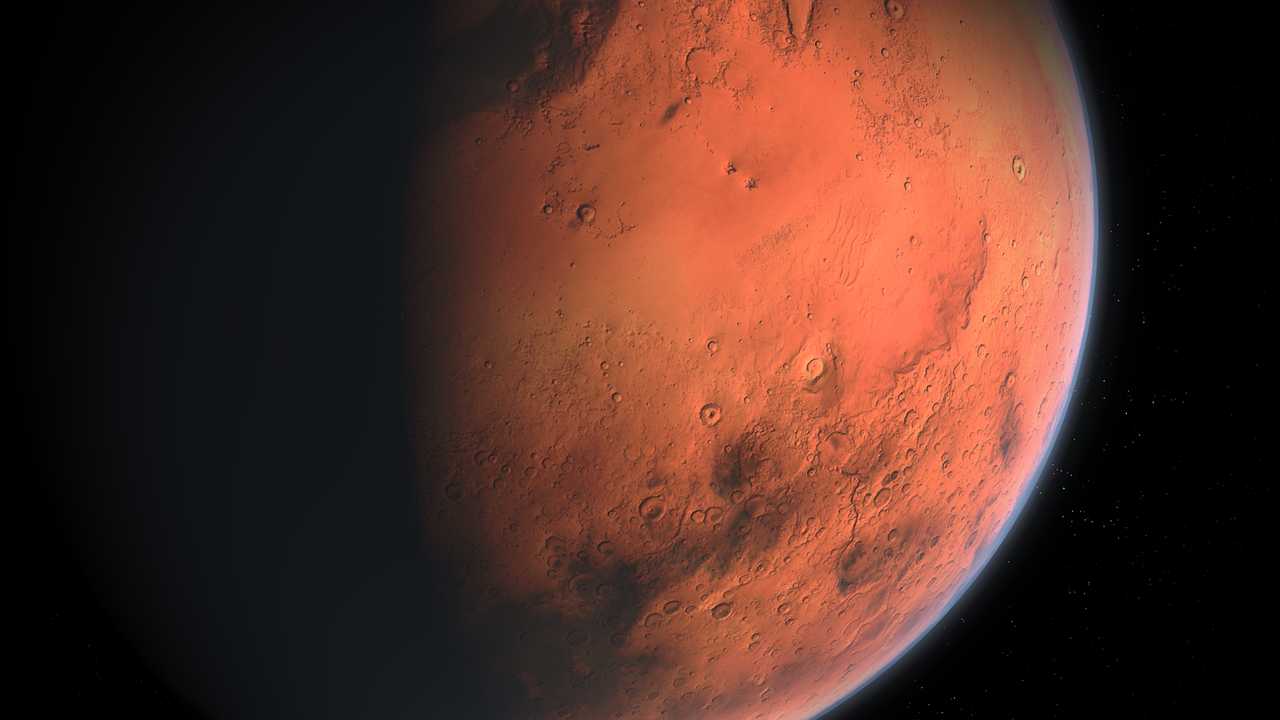Interesting Facts About Mercury
Mercury is our solar system's smallest planet and the closest to the sun. The tiny planet has no moon and orbits the sun faster than any other planet, which is why the Romans named it after their swift-footed messenger god.Mercury was also known to the Sumerians at least 5,000 years ago. According to a site connected to NASA's MESSENGER (Mercury Surface, Space Environment, Geochemistry, and Ranging) mission, it was frequently associated with Nabu, the god of writing. Mercury was also given distinct names for its appearance as a morning and evening star. However, Greek astronomers recognised that the two names referred to the same body, and Heraclitus, around 500 B.C., correctly assumed that both Mercury and Venus orbited the sun, rather than Earth.Mercury is the second densest planet after Earth, with a massive metallic core that spans 2,200 to 2,400 miles (3,600 to 3,800 kilometres), accounting for roughly 75% of the planet's diameter. Mercury's outer shell is only 300 to 400 miles (500 to 600 kilometres) thick. For years, scientists have been perplexed by the combination of its massive core and composition, which includes an abundance of volatile elements.Mercury is the second densest planet after Earth, with a massive metallic core that spans 2,200 to 2,400 miles (3,600 to 3,800 kilometres), or roughly 75% of the planet's diameter. Mercury's outer shell is only 300 to 400 miles (500 to 600 km) thick. Scientists have been perplexed for years by the combination of its massive core and composition, which includes an abundance of volatile elements.





